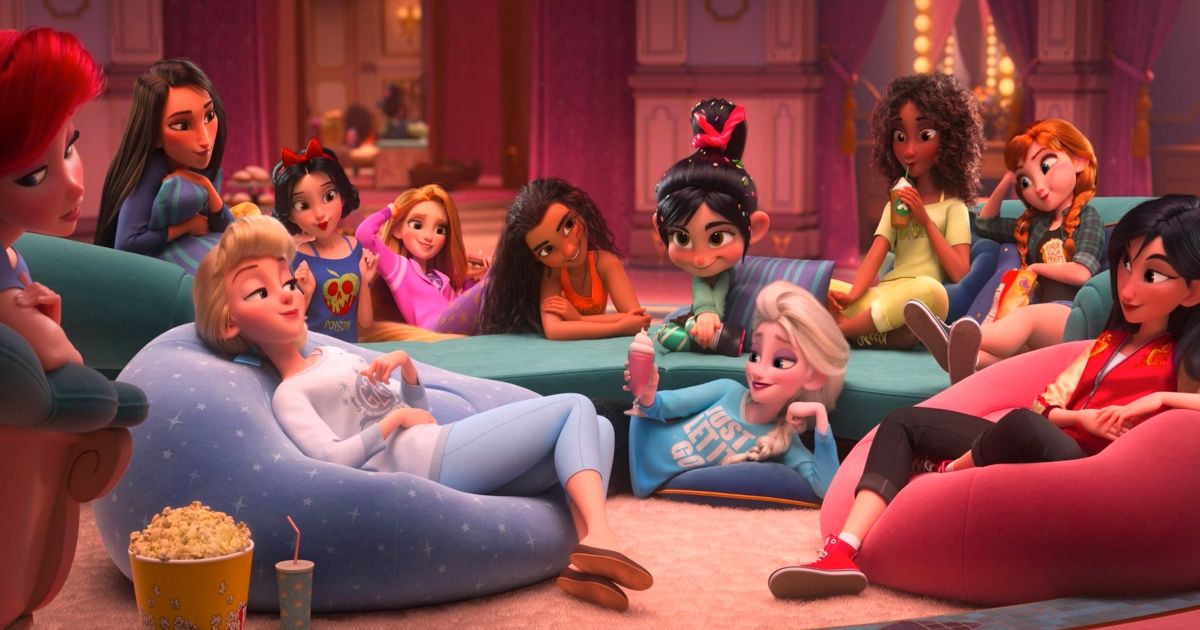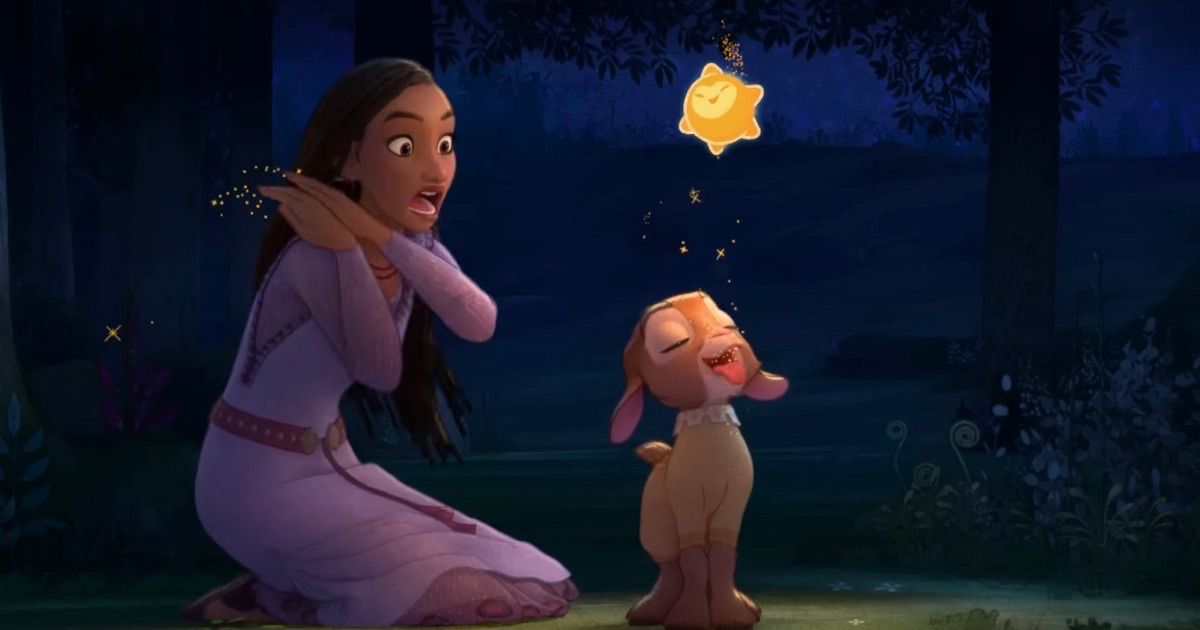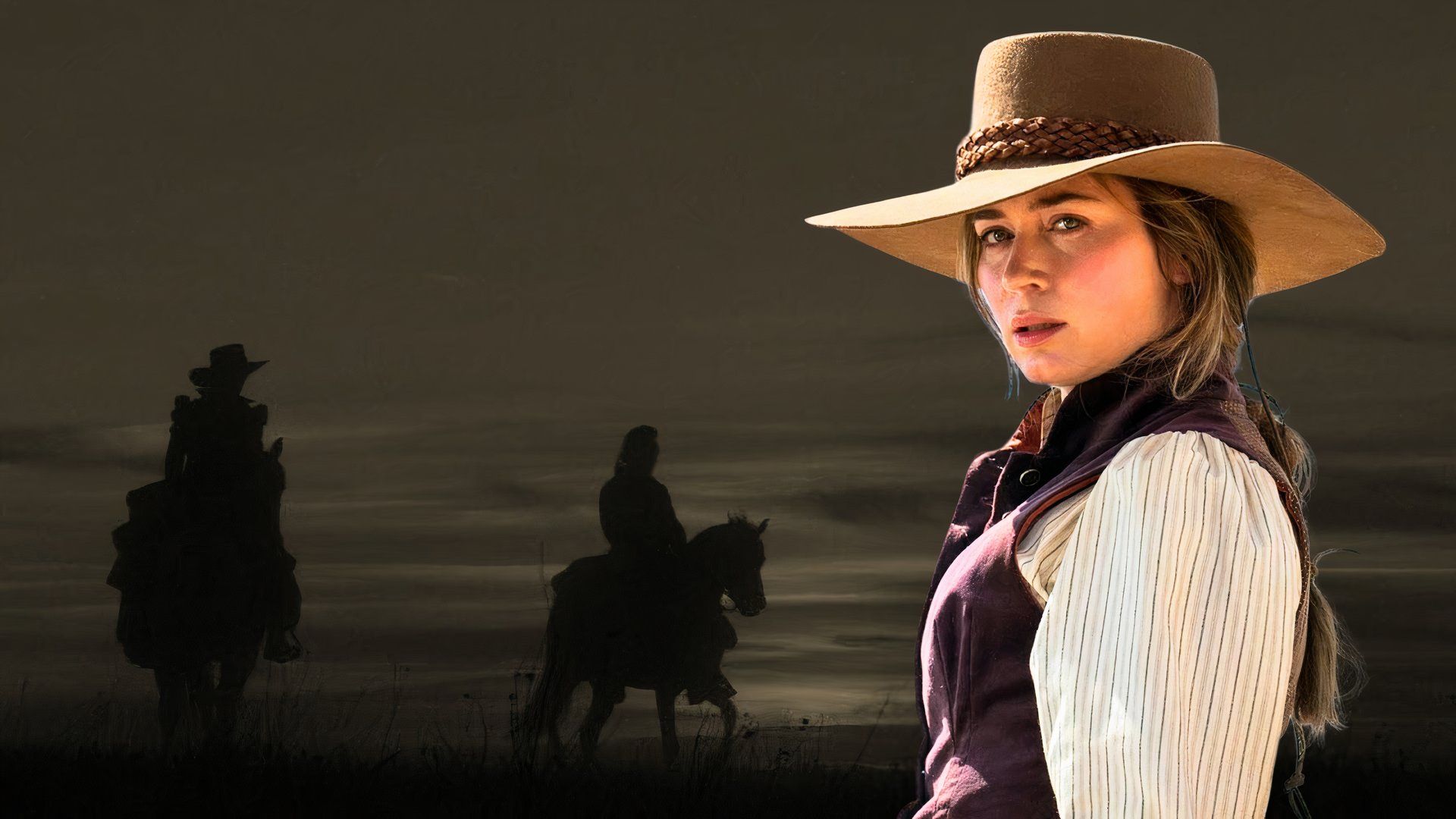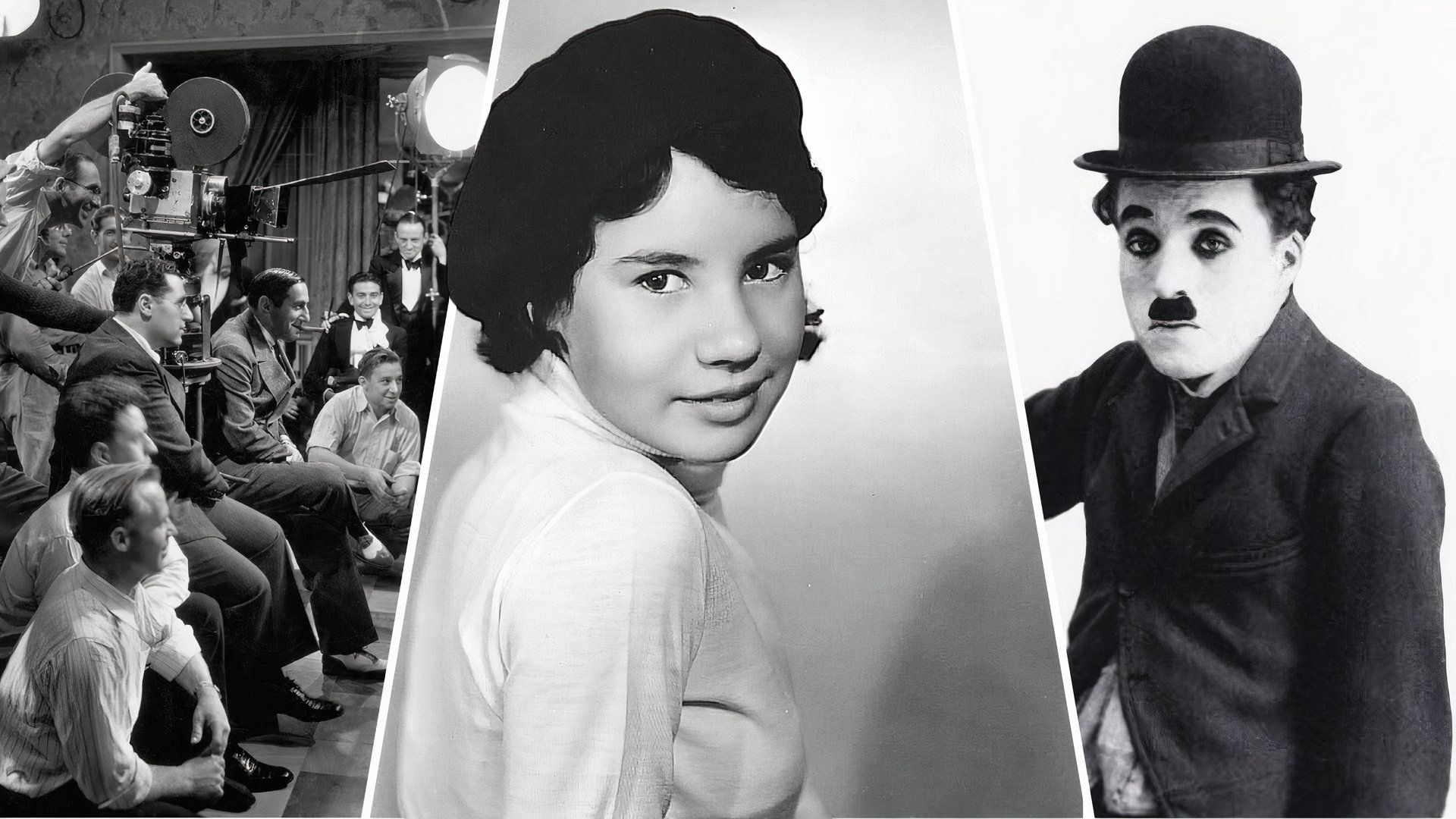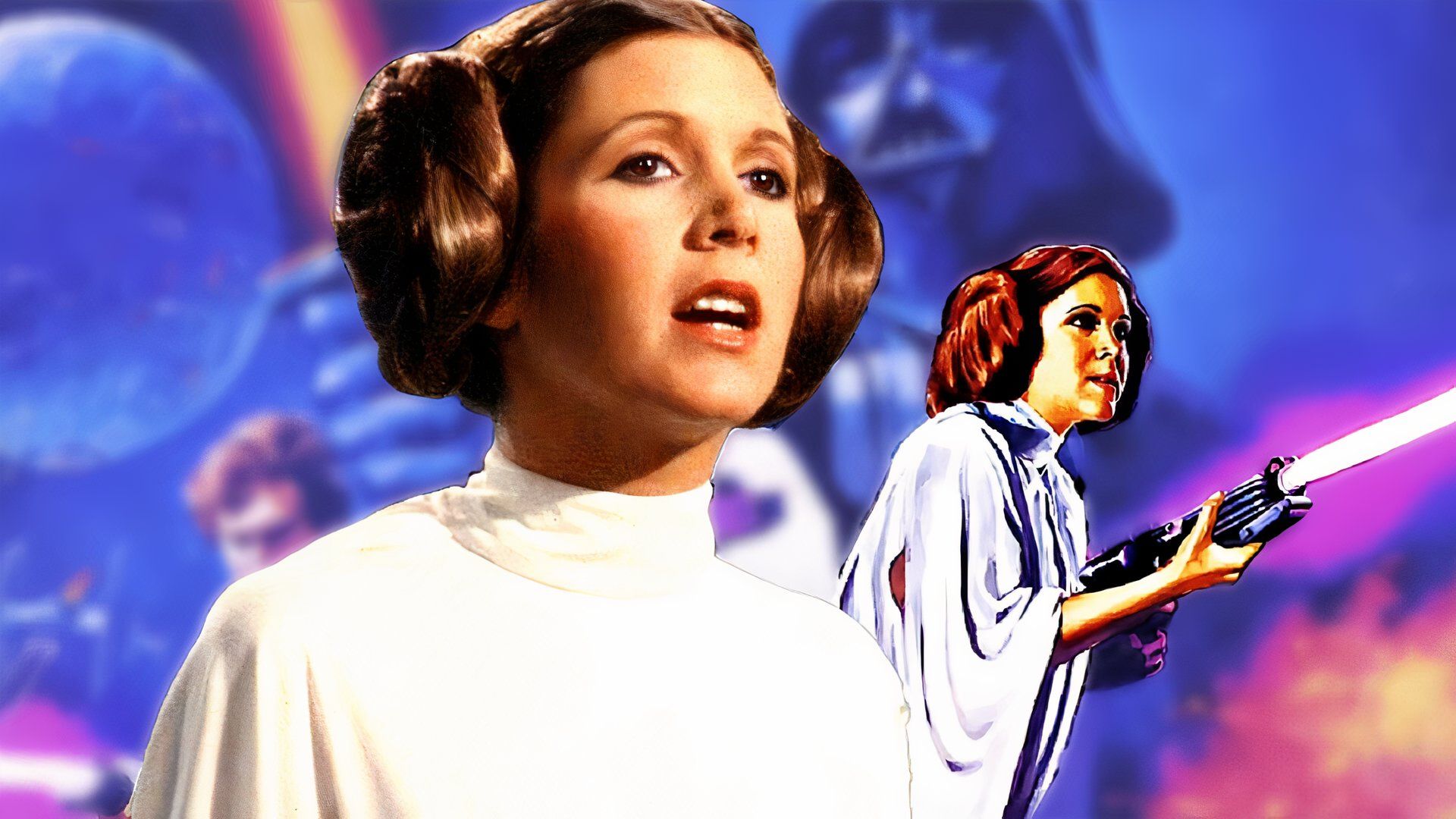Disney has been the standard for film and animation by continually telling stories that evolve and deeply impact audiences of all ages, exploring a multitude of themes and even serious, real-life issues. Whether it’s Snow White or Moana, Disney sets out to do the impossible: a female lead persevering and evolving in a magical and animated way. As the princesses’ characters have evolved, so have the delivery media of 2D animation and live-action retellings of classics.
Snow White, Cinderella, and Aurora, also known as Walt’s princesses, helped the studio become the blueprint for storytelling through magical 2D animation and story development. The second generation of princesses, Ariel, Belle, Jasmine, Mulan, and Pocahontas, mimicked the Broadway musical format that gave each princess their own voice. With the popularity of 3D animation came yet a new generation of princesses who were even more versatile: Elsa, Anna, Moana, and Tiana were the princesses who decided their own fate, regardless of royal title. From 3D animation, the next step for the silver screen was to turn to live-action, which would bring more vibrant stories and costumes to classic princess stories.
Here’s a look at the evolution of Disney princess movies.
Update December 3, 2023: This article has been updated with even more information about Disney Princess history as well as recent developments regarding the brand, including Frozen III.
Walt’s Princesses: The Foundation of Animated Disney Royalty
The original princess, Snow White, was introduced to audiences in 1937 in Snow White and the Seven Dwarfs. According to The Walt Disney Family Museum, the film required 32 different animators to accomplish moving characters in front of watercolor-painted and hand-drawn backdrops, the unique Disney animation signature at the time. While princesses are now a well-known part of the Disney brand, the next princess movie would not come until 13 years later with the release of Cinderella. In fact, Cinderella was an attempt to capture the studio’s former glory at the box office following box office disappointments like Fantasia. Cinderella was a hit and was shortly followed by Sleeping Beauty. Alongside Walt Disney was a select group of animators who helped bring these classics to life.
Known as Disney’s Nine Old Men, Les Clark, Marc Davis, Ollie Johnston, Milt Kahl, Ward Kimball, Eric Larson, John Lounsbery, Wolfgang Reitherman, and Frank Thomas were the animators known for Walt Disney’s favorite piece of animation, Cinderella’s dress transformation by the fairy godmother. Yet for Sleeping Beauty, only Davis and Kahl reunited, along with Eyvind Earle. These three men hand-painted the backgrounds and designed Aurora, Prince Philip, and Maleficent based on a combination of Renaissance art and Henri Matisse’s work.
The Show Must Go On: Courageous Female Leads
After a 40-year hiatus from the princess feature films, Disney was in need of a big revival — or, in this case, a little one. In 1989, the studio released The Little Mermaid, a return to their signature animation and Broadway format. This time around, practically the entire cast was made up of Broadway-trained actors. By having a versatile cast like this, each character acted like a semicolon; Sebastian could be a character of his own, but he could also support other characters in the story.
With The Little Mermaid, Beauty and the Beast, Aladdin, Pocahontas, and Mulan having fully developed characters, each princess was rebellious, outspoken, and full of wanderlust. Ariel rebelled against her father’s wishes to explore the human world. Belle advocated on behalf of her father being completely sane, no matter how quirky the villagers found her. Jasmine explored the city outside the palace walls, something her father forbade. Pocahontas’ journey was more internal, with her days spent deciphering the spinning compass in her dream. Finally, Mulan rebelled against Chinese law forbidding women from fighting. The second generation of princesses were courageous and defied their predecessors.
Queen, Chief, CEO: The Royal Line Writing Their Own Stories
Movies released by Pixar and Disney Studios began centering around the average person, animals, or toys; it was only natural to re-enter the princess storyline with classic tales: 2009’s The Princess and the Frog and 2010’s Tangled. In The Princess and the Frog, Tiana wasn’t a princess, she was a hard worker. She scrimped and saved to buy her dream building where she would serve her family’s recipes in hopes that it would become the most popular spot in New Orleans. She wasn’t going to let society dictate her life; she would write her own story. Rapunzel, the first 3D-animated princess, was the first princess to have outright magical powers as opposed to being another species like Ariel.
In Frozen, Anna and Elsa were a combination of Tiana’s autobiographical constitution and Rapunzel’s biological magic. The first royal sisters who have been both crowned as queen. Elsa is the first Disney queen to have magical powers that she uses for good, and she is also the first Disney royal to leave her responsibilities behind. Anna, while non-magical, chooses love and royal responsibility after saving her sister and her kingdom twice.
Moana, like Tiana, is not a princess in the traditional sense but the daughter of the Chief. While tasked with saving her people, she discovers that the villain is actually in need of rescuing. These princesses, whether actual princesses or not, represented the versatility of the average person becoming like royalty or vice versa, allowing animators, storytellers, and audiences alike to adopt a broader vision for future films.
Live-Action: How the Original Stories Were Honored
As the Disney princess stories evolved, it was important to return to the original drawing boards of classics like Cinderella and Sleeping Beauty. Yet this time, the story couldn’t mimic the original animated films. Each story needed to have a different approach. In the end, live-action princess movie musicals would be the medium to retell the story of Cinderella. Conversely, they would take a different approach for Aurora: instead of retelling Sleeping Beauty, they would tell the story of Maleficent, giving the revered villain a redemption arc across two films.
For Maleficent, Disney cast Angelina Jolie as the revered yet misunderstood Maleficent and Elle Fanning as the sweet Princess Aurora. In retelling the story of Briar Rose from the perspective of Maleficent, audiences not only saw the villain redeemed as Aurora’s competent caregiver, but Maleficent was also a step for future live-action princess films to encapsulate every point of evolution from previous films.
In 2017, another beloved Disney Princess made her live-action debut in the Beauty and the Beast remake. The audience loved Emma Watson in the role of Belle, and the film brought people’s interest back in the live-action Disney princess movies. Since then, we have seen live-action remakes of Aladdin, with Naomi Scott playing Jasmine, Mulan, with Liu Yifei as the titular character, and The Little Mermaid with Halle Bailey playing the role of Ariel.
Part of the mission behind these various remakes has been to make many of the more classic Disney princesses more proactive in fighting against the common criticisms leveled against them. Lily James Cinderella is a more active character. Meanwhile, Belle in Beauty and the Beast is made to want to be an inventor, and Jasmine is given her own power ballad song as a way to make up for the fact that she was the only Disney princess without her own solo song. Disney wanted the iconography of the original animated princesses but for the personalities of the live-action remakes to help reshape them for an entire new generation.
Diversity in the New Disney Movies
Disney has long been in the business of diversifying its princess line. While some accuse Disney of doing this as a new trend, really, it has been their goal since The Little Mermaid in 1989, as they wanted Ariel to be more outgoing than Snow White or Cinderella. They also diversified the lineup with Jasmine as Disney’s first Middle-Eastern princess and Pocahontas as a Native-American princess. Dinsey has been “woke” for some time, and nobody was bothered by it back then.
With The Princess and the Frog in 2009, Tiana became Disney Animation’s first Black protagonist and princess. Since then, the franchise has featured more POC princess movies, like Moana and Raya and the Last Dragon. In Moana, the titular character is Disney’s first Polynesian princess, even though she is the daughter of a chief. Similarly, Raya from Raya and the Last Dragon is the daughter of a chief, but she is from Southeast Asia, making her the third official Asian princess of Disney.
Disney has also been using their live-action remakes to feature more diversity among their classic canon. In The Little Mermaid remake, Ariel was played by Halle Bailey. This caused some ridiculous controversy, yet by the time the movie came out, everyone could agree that Bailey was not only great as Ariel but the best part of the movie. It was proof that these characters could grow and evolve beyond their original versions, just as the animated versions were evolutions of their original storybook counterparts.
Rachel Zegler, a Latina actress, will be stepping into the role of Disney’s first princess, Snow White, in the 2025 remake, Snow White and the Seven Dwarfs. With the live-action remake of Moana confirmed to be in development, Disney clearly wants to make sure that their most popular line of characters is welcoming to everyone, regardless of skin color.
The Future of Disney Princesses
The most recent princess film by Disney is Wish, which came out in November 2023, and there has been some discussion regarding whether the main character, Asha, qualifies as a Disney Princess or not. The company has yet to make an official decision or induct her into the toy line. If Disney confirms Asha as part of the line, she will be the first Black-Hispanic princess in their history.
Not only does Disney have live-action remakes of Snow White and Moana set for release in 2025, but they are also set to release Frozen III sometime in the near future. The studio has also confirmed Frozen 4 is in the works. This means at least more stories of Anna and Elsa, but this means no new Disney Princesses in the meantime.
The future of the brand is at an interesting place. With the studio running out of films to remake and the studio focusing on sequels, it appears there won’t be any new princess movies. While Disney could pull the trigger on a crossover between the various princesses, like what was teased in Ralph Breaks the Internet, it appears the brand is now at a crossroad on how to move forward.
